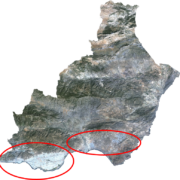Análisis y evaluación de riesgos de incidencias naturales en el sistema productivo agrario intensivo de Almería
Fecha de defensa:
2011
Doctorando:
Carlos Fernández Sierra
Directores:
Fernando Carvajal Ramírez
Francisco Agüera Vega
Jerónimo José Pérez Parra
https://www.educacion.gob.es/teseo/mostrarRef.do?ref=1039563
RESUMEN
La estructura del invernadero es el elemento cualitativamente más importante de la explotación superintensiva predominante en la provincia de Almería, y del que depende en gran medida la capacidad productiva de la misma. A su vez, es el elemento que libera la producción agrícola del azar meteorológico.
Desde el punto de vista económico, la inversión que representa la construcción o mejora de un invernadero, es elevada. Por este motivo, asegurar las estructuras de los invernaderos se antoja como una auténtica necesidad a la hora de garantizar al agricultor su medio de vida.
La Tesis Doctoral se circunscribe dentro del área de estudios para desarrollar las nuevas coberturas previstas tras la modificación de la Ley de seguros agrarios relativas a daños sobre instalaciones y medios elementos productivos de la parcela.
Se estudia el escenario actual de los seguros agrarios, y en particular la situación actual del seguro de estructuras de invernaderos. Posteriormente se analizan los daños, según estudios anteriores de siniestralidad, de las causas que producen estos daños. Se hace un estudio estructural de los elementos que componen el invernadero, efectos cualitativos y magnitud de dichos daños. A raíz de estos datos, se elabora un modelo basado en un sistema de scoring, base de datos alimentada por visitas técnicas de campo a distintas explotaciones. De esta manera, se realiza una selección de riesgos teniendo en cuenta diferentes variables técnicas que nos capacita a la hora de discernir entre la asegurabilidad o no de distintas estructuras de invernadero. Por último, se caracteriza el parque de invernaderos de la provincia de Almería en relación a la asegurabilidad de los mismos






